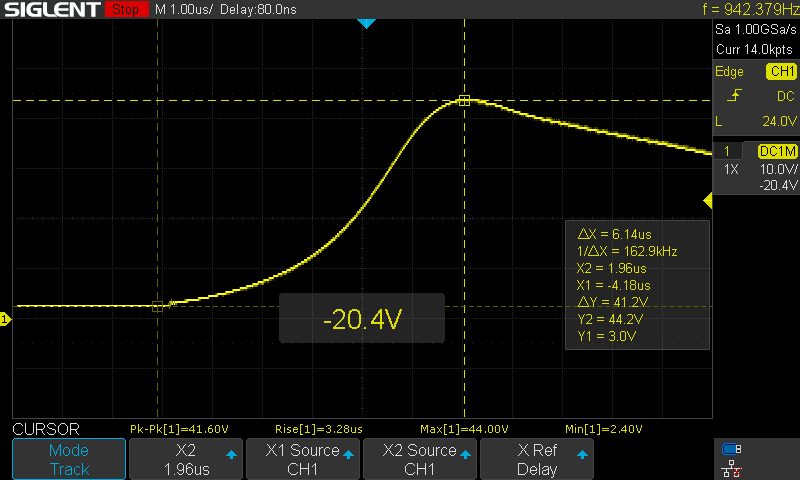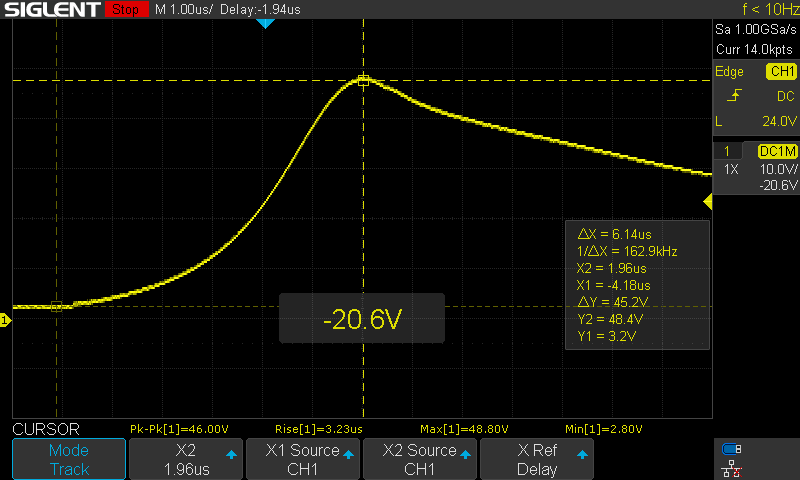Other Parts Discussed in Thread: LM2596
Tool/software: WEBENCH® Design Tools
I am using LM63625DQDRRRQ1 as a DC-DC step down converter for my custom PCB design for automobile light control application. I used TI’s WEBBENCH power design and used all the components as per recommended design offered by TI in datasheet for LM63625 series except that I have RT connected to GND and RESET_IN is floating.
My requirement is 3.3V@2-2.5A , with input voltage of 9-36V
The output was quite stable with 3.310V output when Input voltage was 12V. But the IC got fried with a sparky blow with 24V input supply.
Although the IC is rated for input voltage range of 3.5V -36V. I can’t figure out, what is wrong with it.
Is there anything that I am interpreting wrong in datasheet or the used IC which is supplied to me in VQFN package is wrong?
Regards,
Balbir




